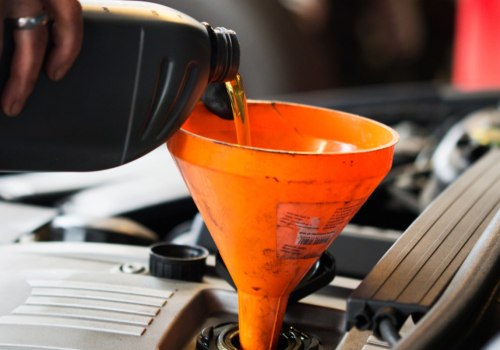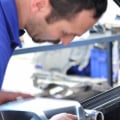Put on your safety suit and take advantage of the space around you: it may not be rocket science, but it's still science. Make sure you also work in a well-ventilated area. This is the most common method of restarting a dead battery. All you need is a portable starter or jumper cables and a second battery, either an alternative you keep for yourself or another vehicle.
Usually, a quick start, booster pack, or battery charger is all it takes to reactivate the car's battery and get the car back on the road, but the damage has already been done. One of the best cars in the world, hybrid cars have two main components to consider: an electric motor and the battery. It is the accumulation of damage that leads to premature death of the car battery, at which point it simply does not start the car. The next time you need a car battery replacement or suspect that your vehicle battery may be damaged, turn to the Best Auto Repair of Longmont car battery replacement experts. After turning the ignition on your car, if you don't hear the engine starting sound and the car won't start, then it's time to take action.
Step-by-Step Guide to Repairing a Car Battery
The first step in repairing a car battery is to identify what type of battery you have. There are two main types of batteries: lead-acid and lithium-ion. Lead-acid batteries are more common and are typically found in older cars. Lithium-ion batteries are more expensive but are becoming increasingly popular in newer cars. Once you have identified what type of battery you have, it's time to start troubleshooting.If your car won't start, check to see if there is any corrosion on the terminals or cables. Corrosion can prevent electricity from flowing properly and can cause your car to not start. If there is corrosion present, use a wire brush or baking soda and water to clean it off. If there is no corrosion present, then check to see if your battery is charged. You can do this by using a multimeter or voltmeter to measure the voltage of your battery.
If it is below 12 volts, then your battery needs to be recharged. If your battery is charged but still won't start your car, then it may be time to replace it. Replacing a car battery can be done at home with some basic tools and knowledge. First, make sure that all power sources are disconnected from your vehicle before attempting any repairs. Then, remove the old battery and install the new one according to manufacturer instructions. Once you have installed the new battery, reconnect all power sources and test it out by starting your car.
If everything works as expected, then you have successfully repaired your car's battery!






